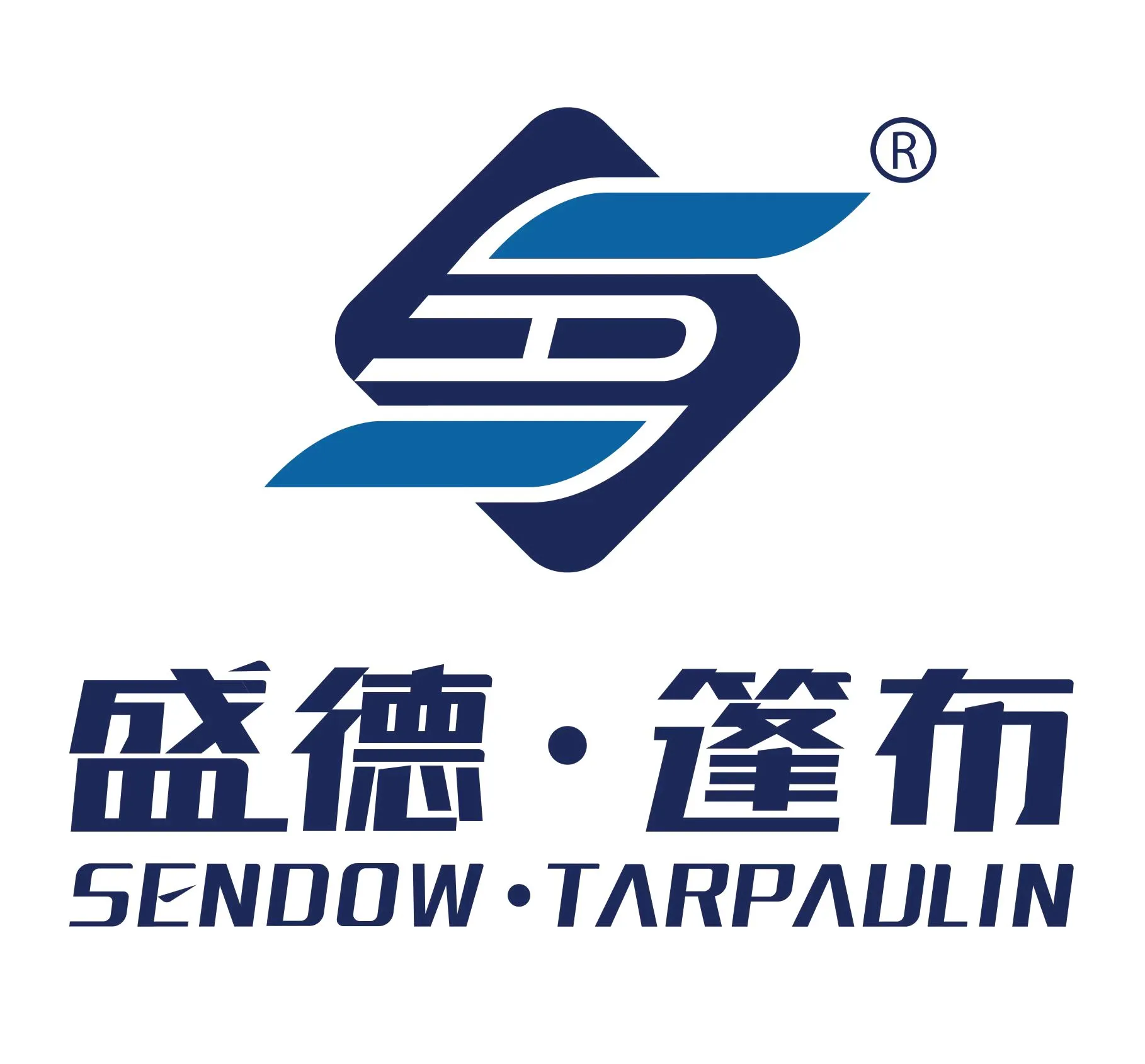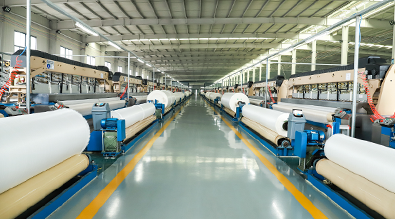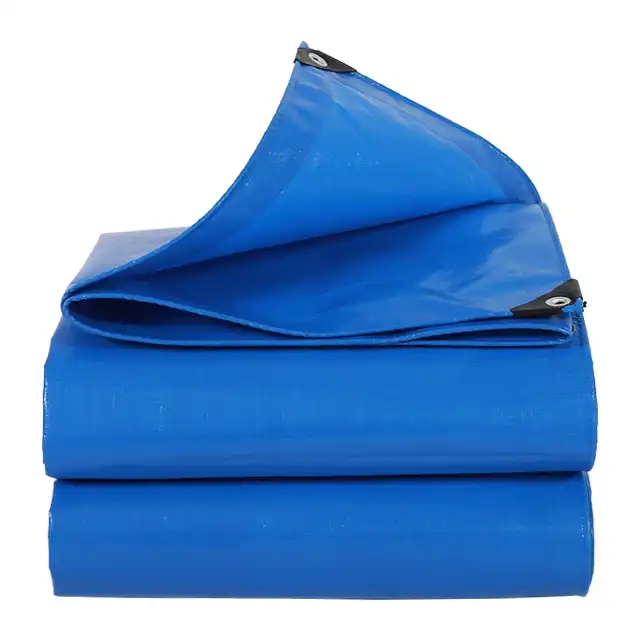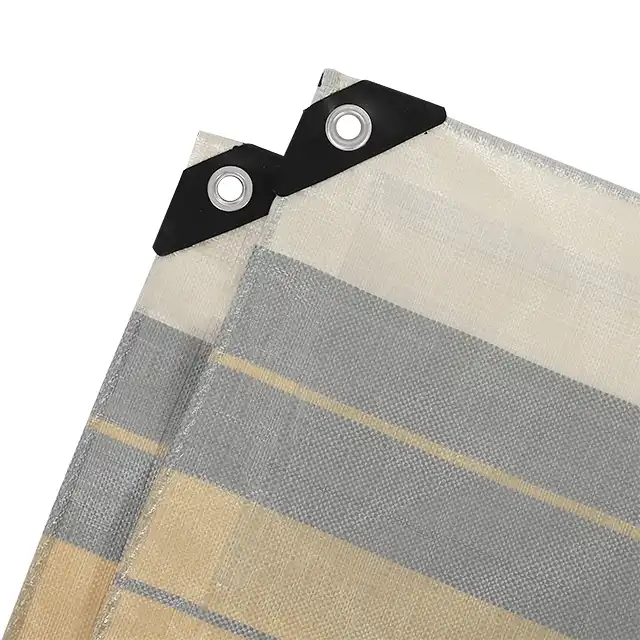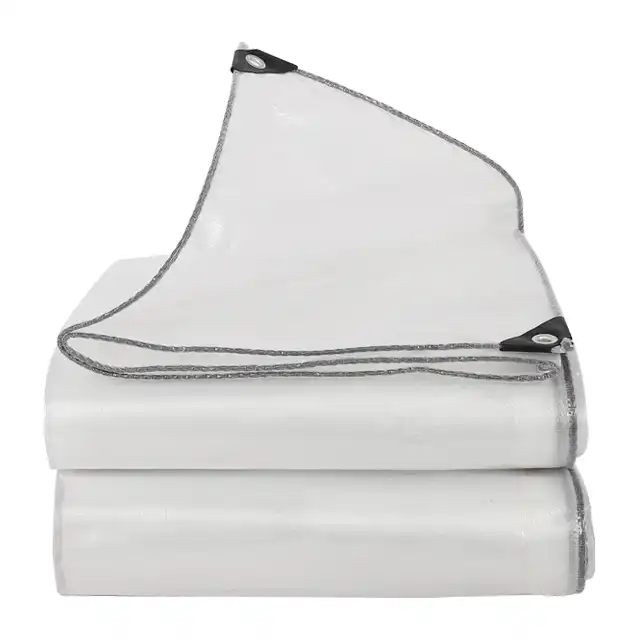Pond Liner vs. Waterproof Membrane: Which Offers Better Protection
When planning water containment projects, one of the most critical decisions is selecting the right barrier system. The debate between pond liners and waterproof membranes has long challenged contractors, landscapers, and DIY enthusiasts. Both options serve the essential purpose of water retention and ground protection, but they differ significantly in composition, application methods, durability, and overall performance. This comprehensive guide examines the key differences between pond liners and waterproof membranes to help you determine which solution provides superior protection for your specific needs.
Understanding the Fundamental Differences
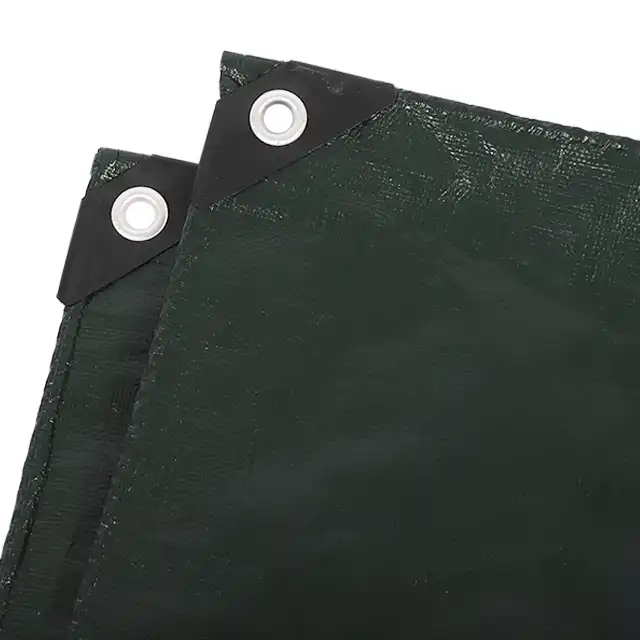
Material Composition and Manufacturing
Pond liners are specifically engineered for water containment applications, constructed from high-density polyethylene (HDPE) woven fabrics with low-density polyethylene (LDPE) coating on both sides. The manufacturing process begins with extruding high-strength yarns with thicknesses ranging from 400D to 2500D. These yarns are then fed into specialized water-jet looms, where they're tightly woven into durable fabrics with widths varying from 1.5m to 5m without joints. Premium pond liners like those from Sendow Tarpaulin undergo a meticulous lamination process where the woven base is coated on both sides with UV-resistant polyethylene layers, creating a 100% waterproof barrier that maintains Arctic flexibility even in extreme temperatures.
Design Purpose and Intended Applications
Pond liners are purpose-built for water containment scenarios, designed specifically to create reliable barriers in aquatic environments. Their primary function extends beyond mere waterproofing to include resistance against ground pressure, UV radiation, and biological elements present in aquaculture systems. Premium pond liners incorporate specialized UV treatments (1%-7%) and tear-resistant properties that make them ideal for long-term exposure to outdoor conditions. These versatile solutions excel in applications ranging from decorative garden ponds to large-scale commercial aquaculture operations, irrigation systems, and water retention basins. The weighted design (ranging from 65gsm to 280gsm) provides the perfect balance between durability and maneuverability, allowing for easy installation while maintaining structural integrity under constant water pressure.
Installation Requirements and Flexibility
The installation process represents one of the most significant differences between pond liners and standard waterproof membranes. Pond liners offer remarkable installation advantages due to their balanced flexibility and durability characteristics. Available in widths up to 5.1 meters with custom sizing options, these liners can accommodate complex geometries without excessive seaming or overlapping. This flexibility reduces potential leak points while streamlining installation time. The material maintains tear resistance during installation, allowing for adjustments without compromising structural integrity. Advanced pond liners feature anti-freezing and shrink-proof properties that maintain dimensional stability through seasonal temperature fluctuations, eliminating the need for extensive anchoring systems or specialized installation equipment. For large-scale projects, heavy-duty pond liners with weights between 100gsm-180gsm provide optimal handling characteristics while ensuring long-term performance after installation.
Performance Factors That Determine Superior Protection
Waterproofing Capability and Pressure Resistance
When comparing waterproofing effectiveness, pond liners demonstrate superior performance under sustained hydrostatic pressure. The unique manufacturing process of high-quality pond liners like those from Sendow involves tightly woven HDPE fabrics with 10x10-14x14 mesh count, creating an exceptionally dense base material. This base is then laminated with precision-controlled LDPE coating (7-12 mil thickness) on both sides, resulting in 100% waterproof protection even under substantial water pressure. The molecular structure of properly manufactured pond liners prevents water migration through the material, maintaining complete impermeability throughout the liner's service life. This comprehensive waterproofing extends to the seams when properly installed, creating a truly watertight system capable of containing everything from small garden ponds to large commercial aquaculture installations with depths exceeding typical residential applications.
Environmental Resistance and Longevity
The long-term performance of water containment systems depends heavily on their ability to withstand environmental challenges. Premium pond liners incorporate specialized UV inhibitors that protect against solar degradation, preventing the cracking and brittleness that often compromise standard waterproofing membranes. High-quality pond liners feature UV treatments ranging from 1% to 7%, significantly extending their functional lifespan in direct sunlight. Additionally, the anti-corrosion properties of advanced pond liners prevent degradation from chemical exposure, making them suitable for diverse water quality conditions. Their anti-freezing characteristics maintain flexibility in temperatures well below freezing, preventing the cracking and splitting that can occur with less specialized waterproofing materials during freeze-thaw cycles. This environmental resilience translates directly to extended service life, with properly manufactured pond liners maintaining their waterproofing integrity for years longer than standard waterproofing membranes under identical conditions.
Weight-to-Strength Ratio and Puncture Resistance
One of the most compelling advantages of modern pond liners is their exceptional weight-to-strength ratio. Premium pond liners achieve remarkable tensile strength while maintaining manageable weights between 65gsm to 280gsm, depending on the specific application requirements. This optimized balance allows for easier handling during installation without sacrificing durability. The tear-resistant properties of high-quality pond liners provide superior protection against punctures from rocks, roots, and other subgrade irregularities. The unique weaving patterns employed in manufacturing create a material that distributes force across a wider area, preventing localized failures that commonly occur with less specialized waterproofing options. This puncture resistance is particularly valuable in applications like aquaculture, where equipment movement and animal activity create ongoing risks for barrier systems. The ability to withstand these mechanical stresses without developing leaks represents a significant advantage for pond liners in long-term protection scenarios.
Application-Specific Considerations
Large-Scale Commercial Applications
For extensive commercial water containment projects, the selection between pond liners and waterproof membranes becomes particularly critical due to scale-related challenges. Professional-grade pond liners excel in these scenarios due to their superior joining capabilities and installation efficiency. With manufacturing capabilities allowing widths up to 5.1 meters, premium suppliers like Sendow can provide custom-sized sheets that minimize seams in large installations. This reduction in seam length directly correlates to decreased leak potential and maintenance requirements. The substantial tear resistance of commercial-grade pond liners (with weights typically between 100-180gsm) allows for mechanical installation methods that significantly reduce labor costs on large projects. Additionally, the UV-treated composition maintains structural integrity through prolonged outdoor exposure, a crucial factor for commercial applications where replacement represents substantial operational disruption. The proven track record of high-quality pond liners in demanding commercial environments—from industrial retention ponds to large-scale aquaculture operations—demonstrates their reliability advantage over standard waterproofing membranes in these critical applications.
Residential and Decorative Water Features
Homeowners and landscape designers face unique considerations when selecting barriers for residential water features. The aesthetic quality of the finished installation often holds equal importance to functional performance. High-quality pond liners offer significant advantages in this context, with manufacturers like Sendow providing options in various colors to complement landscape designs. The balanced flexibility of pond liners allows for creating natural-looking contours without difficult folding or excessive wrinkling that can detract from visual appeal. Their tear resistance provides peace of mind when working around decorative stone features or when installing water plants with potentially sharp root systems. The UV treatment prevents degradation and discoloration that would otherwise compromise the appearance of partially visible liner edges. For residential applications requiring customization, suppliers offering made-to-order options can provide precisely sized pond liners that reduce waste and simplify installation, resulting in more professional-looking finished projects that maintain their appearance and functionality for years longer than projects using standard waterproofing alternatives.
Agricultural and Irrigation Systems
Water management in agricultural settings demands containment solutions that combine durability with cost-effectiveness. Pond liners designed specifically for irrigation applications offer substantial advantages through their specialized composition and performance characteristics. The waterproof nature of properly manufactured pond liners prevents valuable water loss through seepage, significantly improving irrigation efficiency in regions facing water scarcity challenges. Their anti-corrosion properties resist degradation from fertilizers and agricultural chemicals that would quickly compromise standard waterproofing membranes. The Arctic flexibility of quality pond liners allows for installation in varying temperatures without cracking or splitting, extending the viable installation season for agricultural projects. For irrigation canals and water storage reservoirs, the tear resistance of pond liners provides protection against damage from maintenance equipment and operational activities. The ability to custom-order pond liners in precise dimensions helps agricultural operations minimize material waste and reduce installation complexity, resulting in more efficient project completion and lower total system costs compared to alternative waterproofing approaches.
Conclusion
When evaluating pond liners versus waterproof membranes for water containment projects, the evidence strongly favors specialized pond liners for superior protection. Their purpose-built design, enhanced durability, and application-specific performance characteristics provide significant advantages across residential, commercial, and agricultural applications. For projects where water retention, environmental resistance, and long-term reliability are paramount, quality pond liners represent the most effective solution.
Looking for premium pond liners that deliver exceptional performance? With 20 years of industry experience, Linyi Shengde Plastic Co., Ltd. has established itself as a leading manufacturer of high-quality PE tarpaulin products, including superior pond liners that exceed industry standards. Our commitment to innovation, stringent quality control, and customer satisfaction ensures you'll receive the perfect solution for your water containment needs. Contact us today at info@shengdetarp.com to discuss your specific requirements and discover why customers worldwide trust Sendow Tarpaulin for their most demanding applications.
References
1. Johnson, R.M. & Williams, P.T. (2023). Comparative Analysis of Polymer-Based Waterproofing Systems in Agricultural Applications. Journal of Agricultural Engineering, 54(3), 112-128.
2. Chen, L., Zhang, Y., & Wang, H. (2022). Durability Assessment of HDPE Pond Liners Under Varying Environmental Conditions. Materials Science and Engineering, 41(2), 87-103.
3. Smith, A.J. & Miller, K.D. (2023). Cost-Benefit Analysis of Waterproofing Technologies in Commercial Aquaculture Systems. Aquaculture Economics & Management, 27(1), 45-61.
4. Taylor, M.B., Anderson, R.K., & Davis, J.L. (2022). UV Degradation Resistance in Polyethylene Pond Liners: A Five-Year Field Study. Polymer Testing, 109, 217-233.
5. Garcia, L.F. & Thompson, P.R. (2023). Installation Techniques and Performance Outcomes for Large-Scale Water Containment Barriers. Construction and Building Materials, 352, 129-145.
6. Patel, S.K., Robinson, C.H., & Wilson, D.L. (2022). Environmental Impact Assessment of Synthetic Liners in Landscape Water Features. Landscape and Urban Planning, 218, 78-93.
